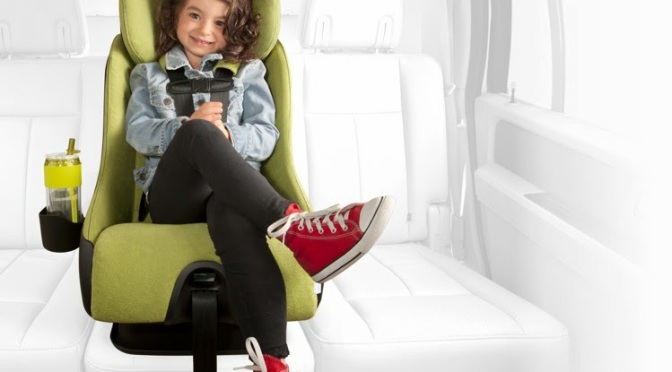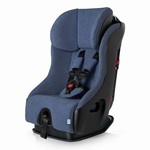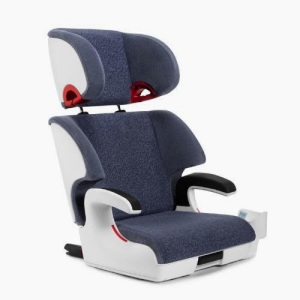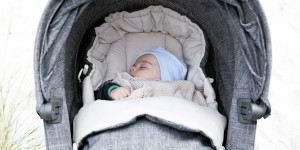
One of the more common questions I get from new parents by email involves which kinds of car seats can be used to bring their babies home from the hospital (or birthing center), or if car seats are required at all. Many of these parents hear things from well-intentioned people that aren’t necessarily true, such as that you can’t leave the hospital without a car seat, or that you can’t leave the hospital with a convertible car seat, or that only an infant car seat that only rear-faces is allowed when you want to take your newborn home. You might have heard one or more of these things from pediatricians, baby store employees, or even hospital staff. However, none of it’s true. Let’s talk about what is.
What are US state laws and Canadian provincial laws regarding car seat use for children and newborns?
The laws from all 50 states, as well as those in the District of Columbia, and in every province in Canada, require children to use car seats at different ages. However, when it comes to newborns, there are no states, provinces, or districts that require those seats to be rear-facing only, or infant seats. The actual laws may talk about children rear-facing for certain amounts of time, such as until a year old and 20 pounds. Some other laws merely state an appropriate seat must be used, or that a seat must be used properly. However, there are no states or provinces that require seats for newborns to only face backwards.
What if the hospital tells you that you can’t leave with your baby unless your baby is in an infant seat, and that convertibles aren’t allowed?
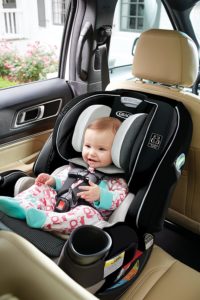
In some cases, you might run into a hospital with a policy involving children leaving the maternity ward in infant seats. These policies aren’t typically set in stone and are often just recommendations based on what the nurses often see other parents doing. To play nicely, you can simply state that your spouse or partner will bring your newborn to your vehicle. Alternatively, your support person could also bring your convertible into the hospital for the staff to inspect.
What hospital staff are generally trying to do here is to keep children from being dropped by exhausted mothers on the way out of the hospital, rather than trying to enforce the use of a particular seat. They might also simply be trying to make sure you have your infant buckled into his or her seat safely, in terms of the harness being appropriately tight and the chest clip being at the appropriate height.
Can a hospital keep you from leaving without an infant seat?
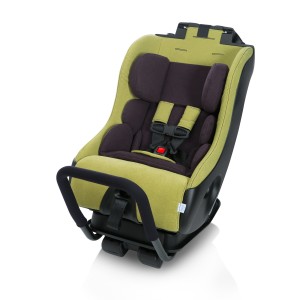
Absolutely not. Regardless of hospital policies, there isn’t any legal grounds for keeping you from leaving based on the kind of seat you’re using unless it’s clearly unsafe (e.g., if it were broken in two). However, it’s best to try to resolve such disagreements as amicably as possible, rather than getting into shouting matches with staff. Simply state your rights to leave with your child and be firm, but polite.
The hospital does not have a legal right to keep you from leaving with your child if you have a properly fitting and installed car seat. If the hospital continues to insist on keeping your child, you have the right to call the police and request a police escort to your vehicle. This should only be done as a means of last resort for the sake of maintaining a good relationship with the hospital, but it’s definitely within your legal rights to do so.
What if I don’t have a car, and am walking or taking the bus? Can I leave the hospital without any kind of car seat?
The short answer is yes. Again, you’re likely to get a lot of concern from the hospital, but you are certainly allowed to walk out of a hospital carrying your baby (or ideally, having your spouse or partner carrying your baby) without any kind of car seat if you’re not getting into a passenger vehicle. Buses and trains are fine, as they are substantially larger than passenger vehicles and typically don’t come with restraint methods anyway.
What if I’m leaving in a taxi? Do I still need a car seat?
Absolutely! Taxis count as passenger cars, and you’re required to use the same kinds of restraints with children throughout the same age ranges as you would in a car, minivan, pickup truck, or SUV. My biggest recommendation for a good car seat for a taxi is one that’s light. If you’re using a taxi, you’re most likely going to be walking at least a little bit, whether to your taxi or from your taxi to your destination, and every additional pound is one you’re not going to want to carry. That means going with infant seats over convertible seats. Examples of very light infant seats include the Maxi-Cosi Mico Max 30 at 8.9 pounds and the Cybex Aton 2 at 9 pounds. Your spouse or partner will thank you, or you’ll thank yourself, every time you use one of these.
Which recommended car seats are safest for leaving the hospital?
The truth is that any seat, whether an infant seat or a convertible seat, can safely be used to transport a baby from a hospital. What’s most important is that the seat is properly installed (remember to avoid the common error of not installing the seat tightly enough), that it’s rear-facing, that it hasn’t expired (another common parental error with car seats), and that it fits your child by weight and height. If your seat passes all of those tests, then it’s a safe seat. Also remember that if it’s cold outside, you’ll need to think differently about keeping your infant warm in winter.
That said, my favorite infant seat right now is the Chicco KeyFit 30, simply because it’s relatively inexpensive and easy to install, which increases the odds of a safe installation. My favorite convertible car seat right now is the Clek Fllo with the infant-thingy insert due to its class-leading rear-facing capabilities. If you were choosing between the two, I’d go with the Fllo, simply because you’ll be able to use it much longer while rear-facing and because you’ll also be able to use it for a while forward-facing.
Do you recommend starting with an infant seat or with a convertible car seat?
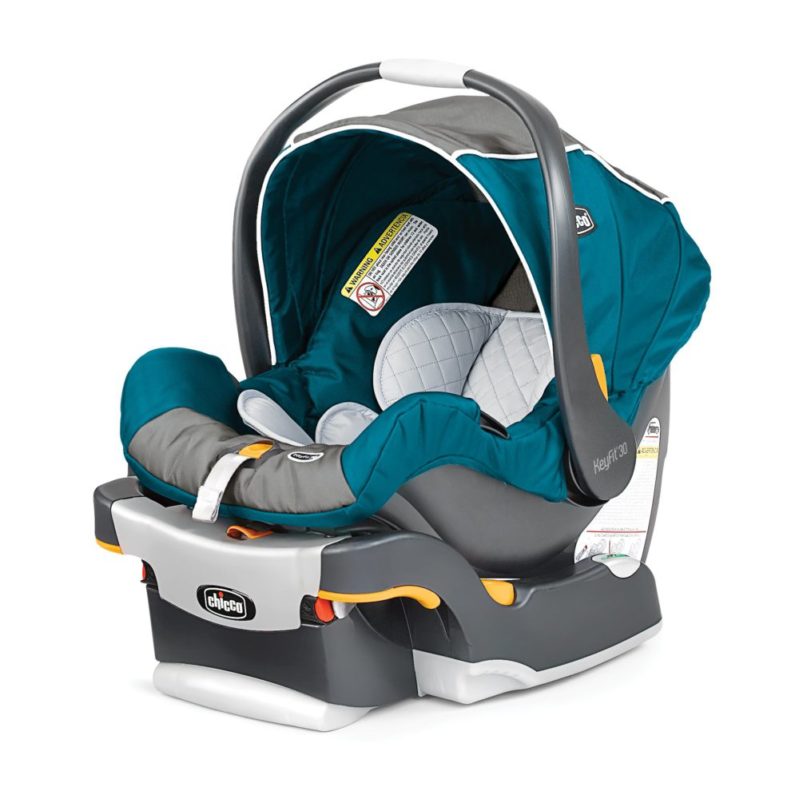
This is a great question, and it ultimately comes down to your needs and preferences. With our children, we’ve always started out with infant seats, simply because those are much easier to attach and detach than even the easiest convertible seats due to coming with a base that can stay in the vehicle at all times. With an infant seat, you simply connect it and disconnect it when entering and leaving the vehicle, and you can remove a sleeping infant from a vehicle without waking him or her. Sleep is very precious when you’re a new parent, and no matter how many kids you’ve had already, when you’ve got a newborn in the house, you’re always a new parent. So I like infant seats due to the convenience they offer. They’re also a handy way to carry infants, even though my wife and I much prefer baby-wearing or using a stroller with a bassinet or at the very least, a deep recline. You can read Susie’s reviews of her favorite single and double strollers here.
I have more questions…help!
I hope this has helped clear up some of the confusion about when you do and don’t need a car seat to leave a hospital or birthing or midwife center with your newborn baby. If you’ve still got more questions about specific situations or additional transportation options, feel free to shoot me an email; I get several a day from parents asking all kinds of questions, and I do my best to respond within a few days in between testing seats and strollers, researching car safety, and spending time with my wonderful family. Alternatively, for a faster response, ask a question on our forum, and you’ll get answers from any of our members!
 If you find my information on best practices in car and car seat safety helpful, you can do your shopping through this Amazon link. Canadians can shop here for Canadian purchases. Have a question or want to discuss best practices? Join us in the forums!
If you find my information on best practices in car and car seat safety helpful, you can do your shopping through this Amazon link. Canadians can shop here for Canadian purchases. Have a question or want to discuss best practices? Join us in the forums!

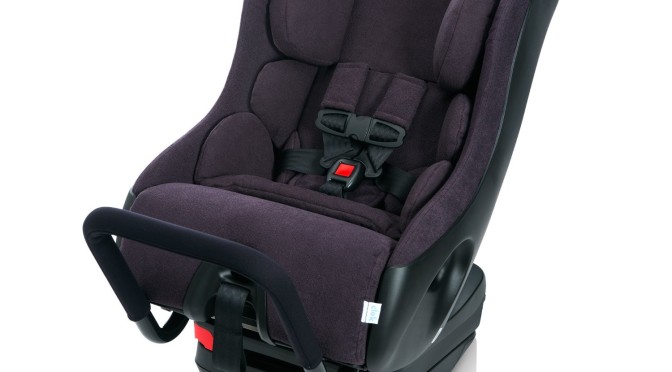
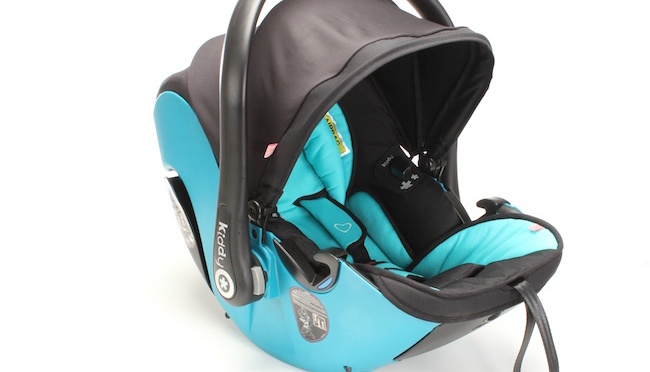
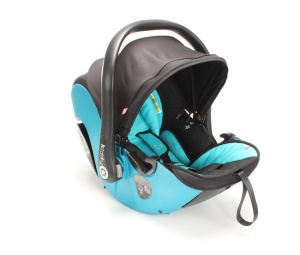
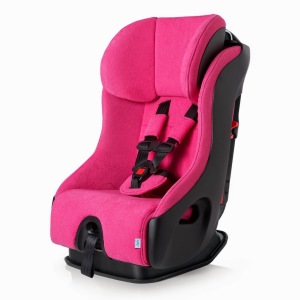
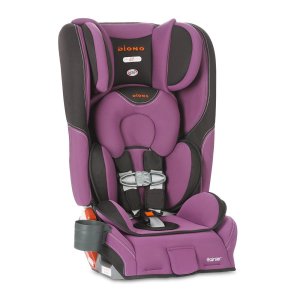 Kids between 4 and 7 who are under 57 inches tall, or under 4’9″, must either use a forward-facing car seat that includes a 5-point harness or a booster seat. This law does not include a weight limit, and only has to do with age and height. So does this mean that you can’t continue rear-facing even if you have a seat that would allow you to once your child turns 4?
Kids between 4 and 7 who are under 57 inches tall, or under 4’9″, must either use a forward-facing car seat that includes a 5-point harness or a booster seat. This law does not include a weight limit, and only has to do with age and height. So does this mean that you can’t continue rear-facing even if you have a seat that would allow you to once your child turns 4?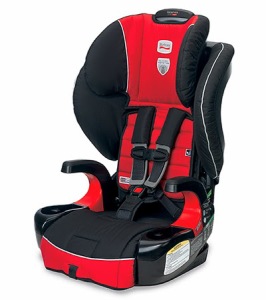
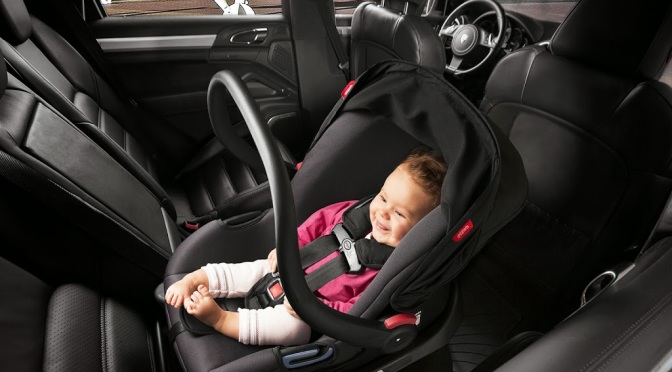
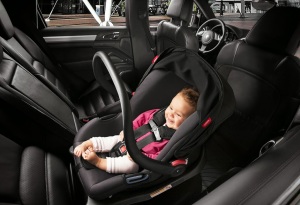

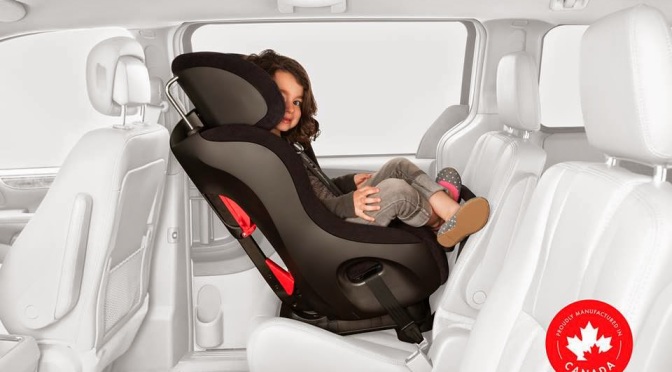
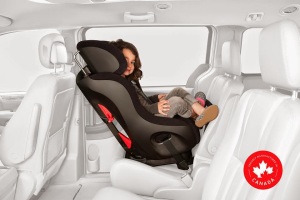
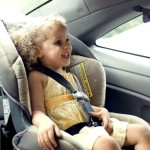 Another incredibly common mistake parents make when it comes to car seat installation is leaving too much slack in the child’s harness after buckling him or her into the seat. This is another one of those errors that I see every day with children in car seats, as if you don’t know how tight the harness is really supposed to be, there’s no reason for you to make it that tight, especially if, like most parents, you’re used to having a bit of slack in your adult seat belt if you move back and forth in your seat while driving or while sitting as a passenger.
Another incredibly common mistake parents make when it comes to car seat installation is leaving too much slack in the child’s harness after buckling him or her into the seat. This is another one of those errors that I see every day with children in car seats, as if you don’t know how tight the harness is really supposed to be, there’s no reason for you to make it that tight, especially if, like most parents, you’re used to having a bit of slack in your adult seat belt if you move back and forth in your seat while driving or while sitting as a passenger.